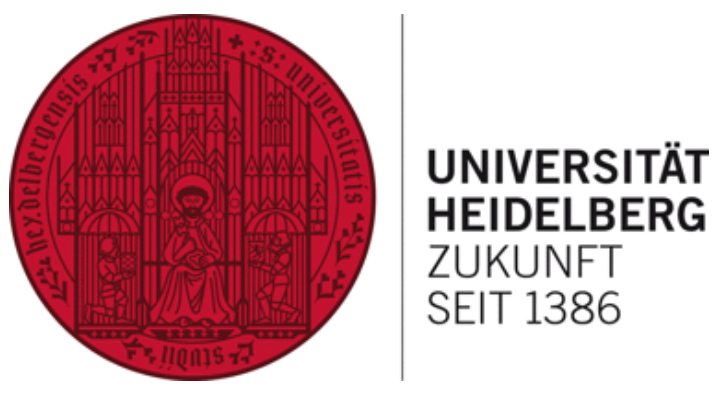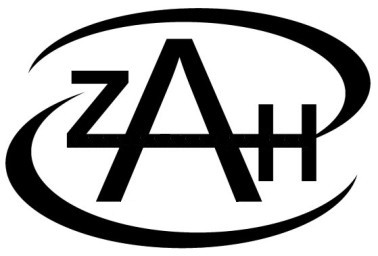
Features
Coordinates and Grids
RADMC-3D features two kinds of coordinate systems:
Cartesian coordinates 3-D: (x, y, z)
Spherical coordinates 1-D: (r), 2-D: (r,θ), 3-D: (r, θ, φ)
It has the following gridding options:
Regular cubic
Variable grid spacing (spherical coordinates)
Patch-wise refinement
Full octree refinement
Delaunay (branch: unstruct)
Voronoi (branch: unstruct)
Flexible unstructured (branch: unstruct)
Main physics modules
Dust continuum: absorption/emission and scattering
Polarized dust scattering
Polarized dust thermal emission by aligned grains
Atomic/molecular lines (LTE, local non-LTE: opt-thin, LVG, EscProb)
Radiation/energy sources
Stars, positioned at will (either point sources or finite-size spheres)
Continuous "star populations"
Continuous internal heat source
External radiation field
Imaging options
Any viewing perspective, zoom-in factor, image pixels
Observer at infinity or local observer
Flux-conserving images, with recursive pixel refinement
Multi-wavelength images
Movie mode
Spectrum options
SED on standard wavelength grid
High-resolution spectrum on user-specified wavelength grid
Aperture specification (spectrum of sub-region)
Miscellaneous
Option to calculate mean intensity field (useful for coupling RADMC-3D to other radiative physics codes).
OpenMP parallellization of the Monte Carlo modules.
A Userdef module inside RADMC-3D to add user-defined functionality or internally generated models.
VTK output for 3-D viewing of model setups

